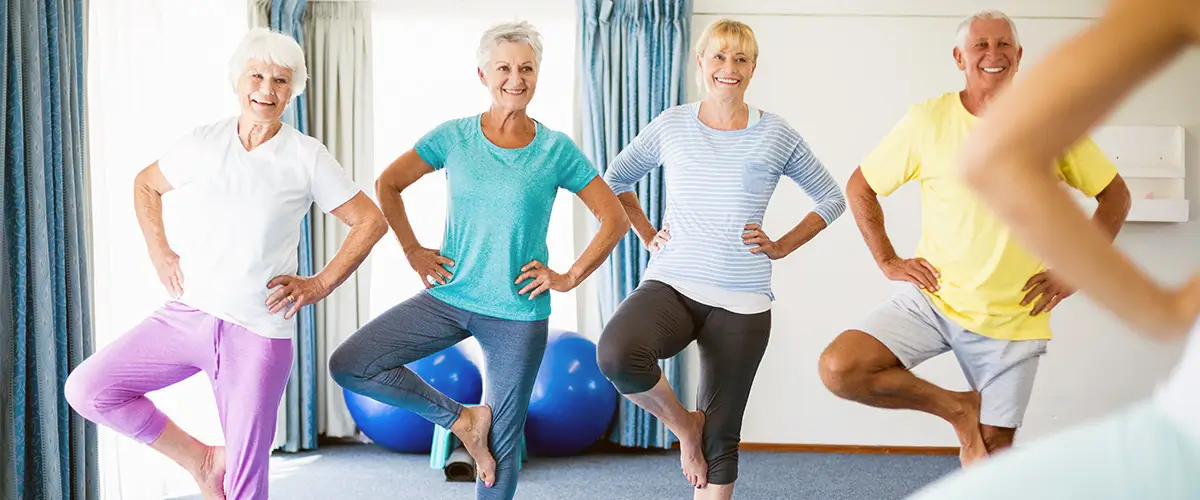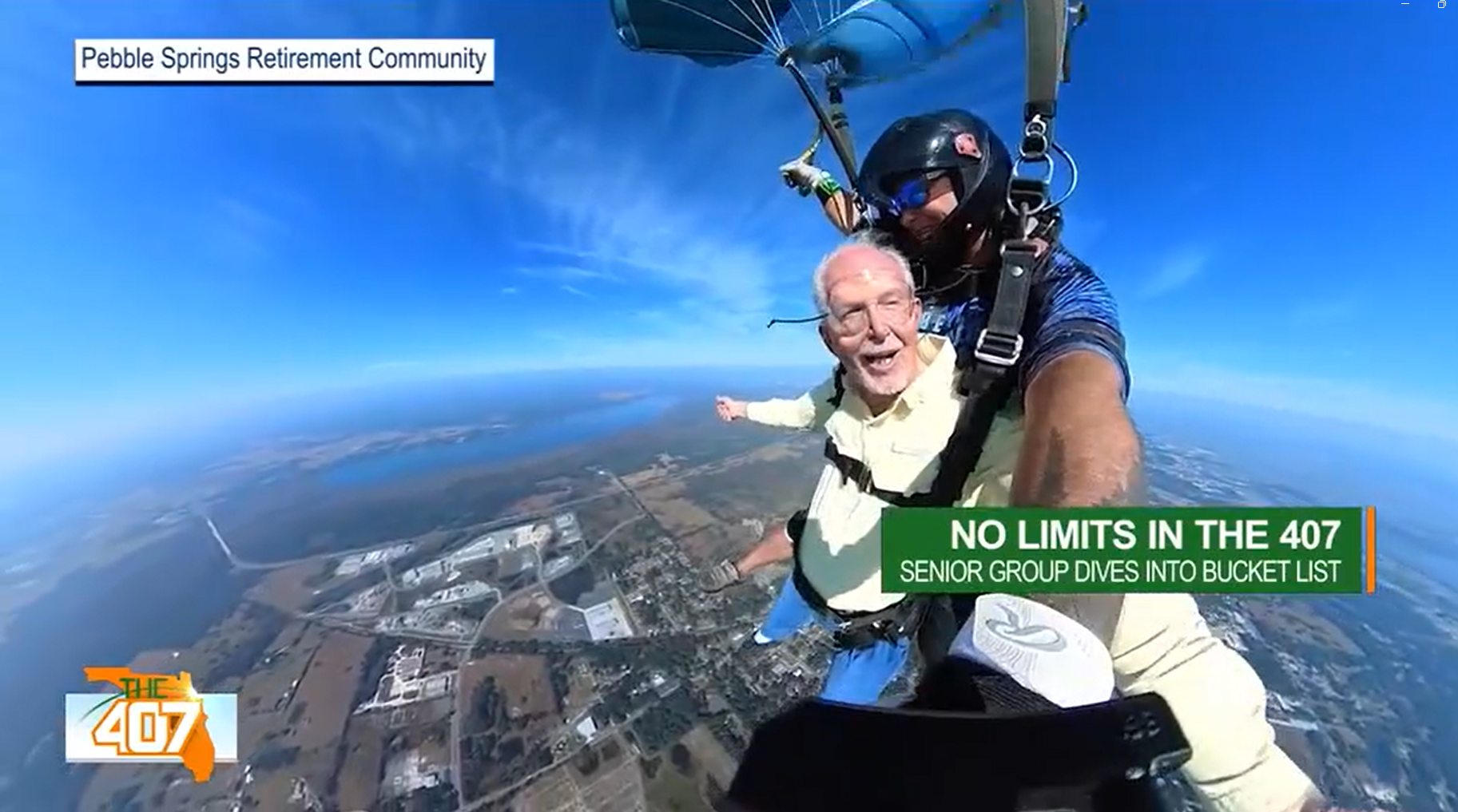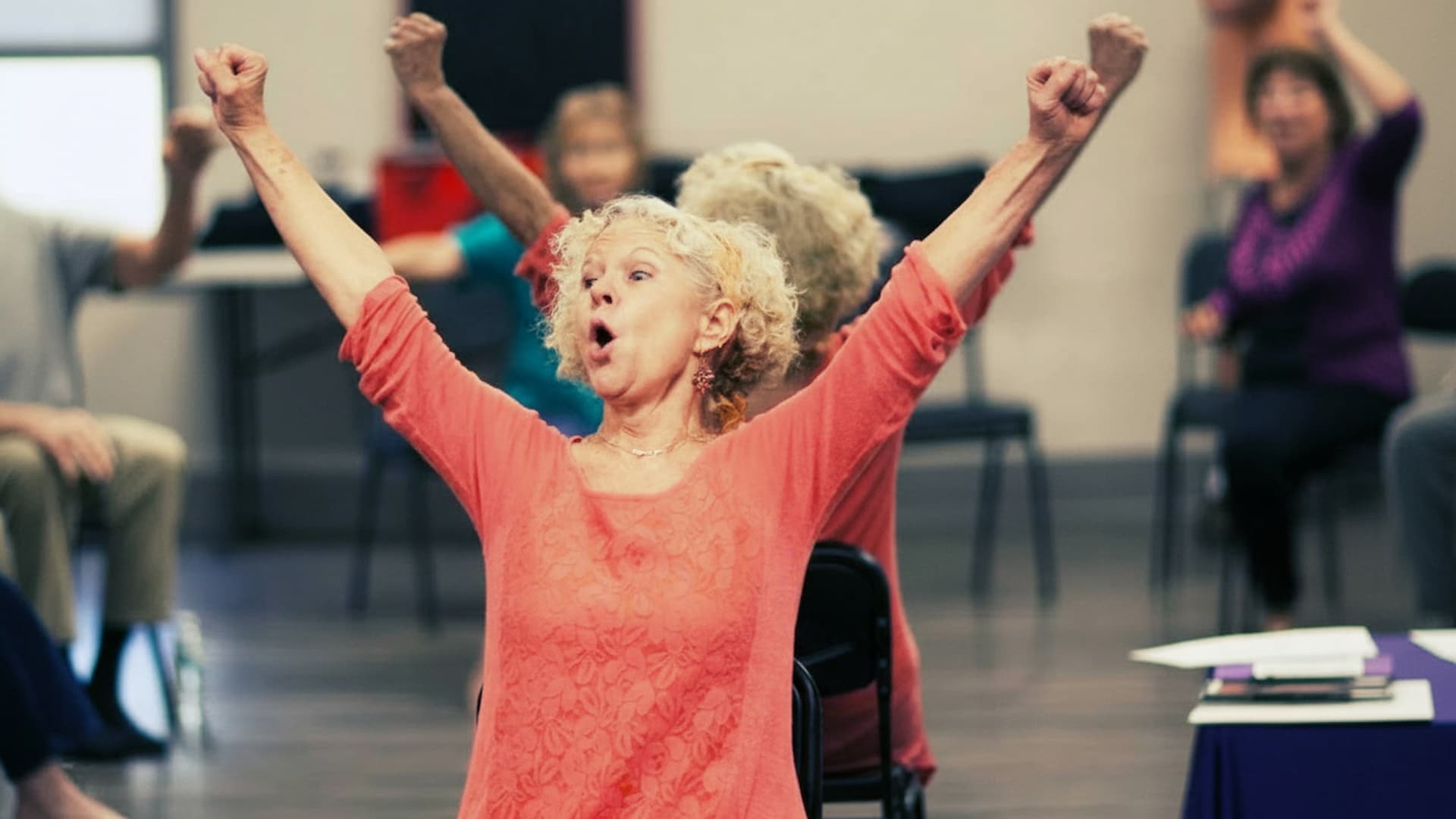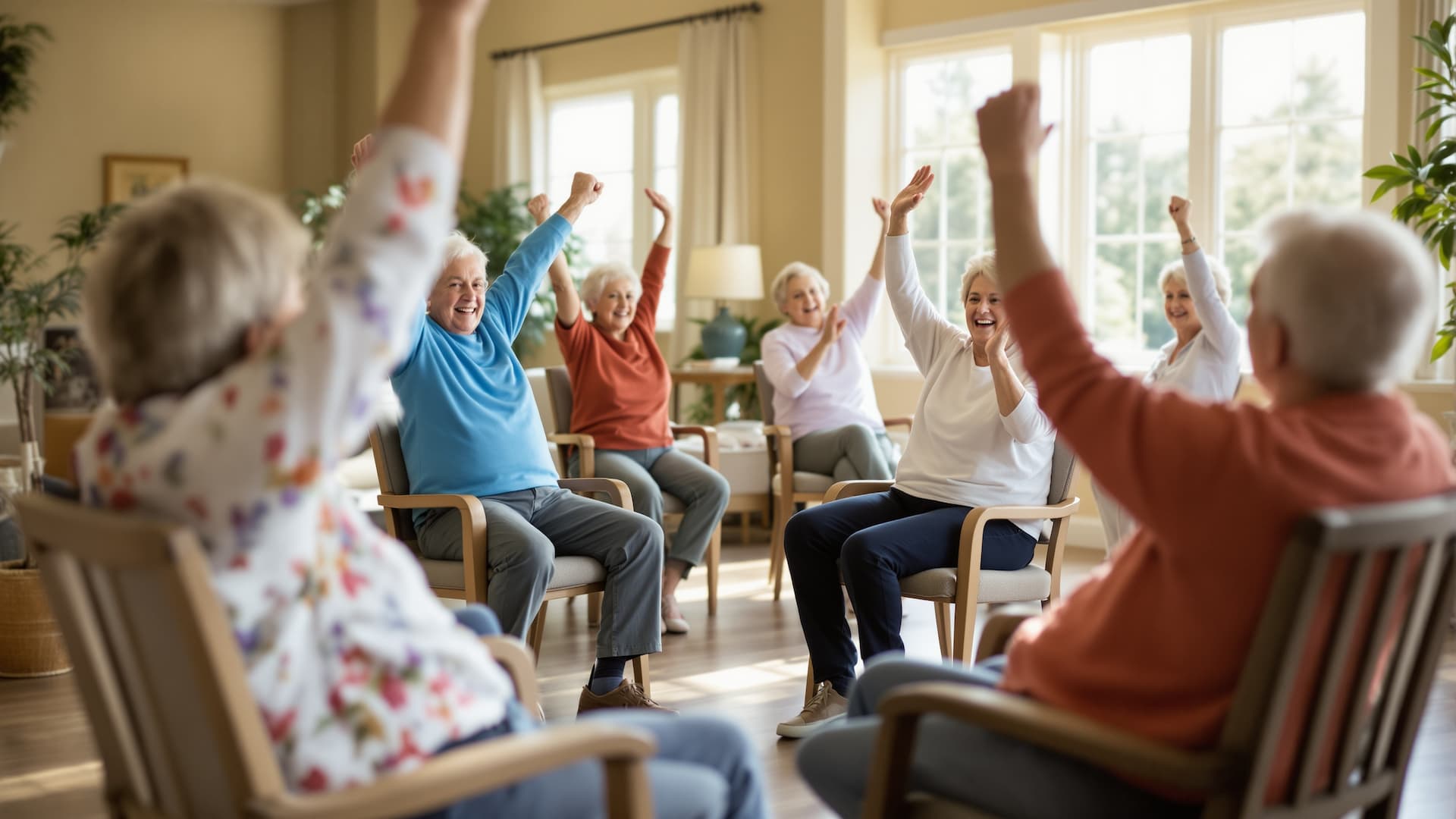With this being such an important topic, we called on a subject matter expert from BAYADA Home Health Care to talk about balance and how it affects seniors. BAYADA is one of Resort Lifestyle Community's home health providers. They deliver services to some of our residents, which is why we turned to them for information.
Nikka MacKenzie is a director of senior living for BAYADA and is credentialed with a doctorate in physical therapy. She's also a board-certified geriatric clinical specialist and recently became a certified dementia practitioner. In her role at BAYADA, she provides strategic leadership development and educational training for program managers. You could say she knows a thing or two about senior health, and she was kind enough to answer the following questions for us.
Why is "balance" so important for seniors?
In our day-to-day activities, we may not even realize the need for balance plays such an important role. In doing things like getting in and out of bed, stepping in and out of the shower, or climbing up and down the stairs, we rely on our balance to ensure it's done safely.
As we age, our muscles and nerves become less flexible and our reaction-time decreases. These two things can greatly affect our balance. Balance is so important for seniors because it can minimize their risk for falls which is not only one of the top factors for hospitalization but also contributes to the quality of life. Good balance can give someone the capability to do simple tasks in life, such as walking, as well as leisurely activities, like golfing and dancing.
What are some benefits of balance training?
As a quick definition, balance training is when someone engages in exercises designed to strengthen the muscles that help keep you upright, including your legs and core. With all exercises, it's important to speak with your physician for guidance before starting a program. It's also important to note balance exercises should start in a fully supported position, and you gradually take away those supports. For example, the "flamingo stand" can be done in the kitchen by the counter (a support that is sturdy and does not move). Place both hands on the counter and stand on one leg. Once you feel balanced, take one hand off the counter. If you still feel balanced, then try standing on one leg without holding on for 5 seconds and build up your tolerance over time until you can hold it for 20-30 seconds.
What's great about balance training is it contributes to a person's overall health and wellness – and can greatly reduce a person's risk for falls. According to a report from the Centers for Disease Control and Prevention, an older adult falls every second of each day in the United States. The good news is that falling doesn't have to be a normal part of aging, and many risk factors for falling are modifiable through a safe living environment and proper exercise.
Are there specific exercises seniors can do for balance training at home?
Yes! Once someone has the green light from his or her physician, here are three simple exercises to try, in addition to the Flamingo Stand mentioned above.
1. The Tightrope: This requires no equipment at all. Hold your arms out straight from your sides, making sure they are parallel to the floor. Walk in a straight line. Pause for one second each time you lift a foot off the ground. Focus on a spot in the distance to help maintain your balance. Take 15 to 20 steps.
2. Balancing Wand: Select your "wand." It can be a cane, umbrella, or broom. Hold the bottom so it's resting firmly in the palm of your hand. Hold the item for as long as you can. Do not focus too much on one side. Alternate your hands from time to time so you balance both sides of your body evenly. This exercise can be performed while seated.
3. Wall Pushups: This is a favorite with many seniors. Begin by facing a wall at arm's length. Lean forward gently and place your palms on the wall. Keep your feet firmly on the surface as you bring your body toward the wall. Next, push yourself back to the point where your arms are stretched out straight. Repeat the pushup about 15 to 20 times.
Special thanks to Nikka for sharing her expert advice and tips on exercising. Residents of Resort Lifestyle Communities also have regular access to fitness classes, such as our Stretch & Balance Class that guides you through stretching, posture and balance techniques while listening to some great music. And afterward, you're free to enjoy that slice of pie. Balance, friends!
Want more information about the health & wellness activities at RLC? Contact a resort near you!
cta-with-form





